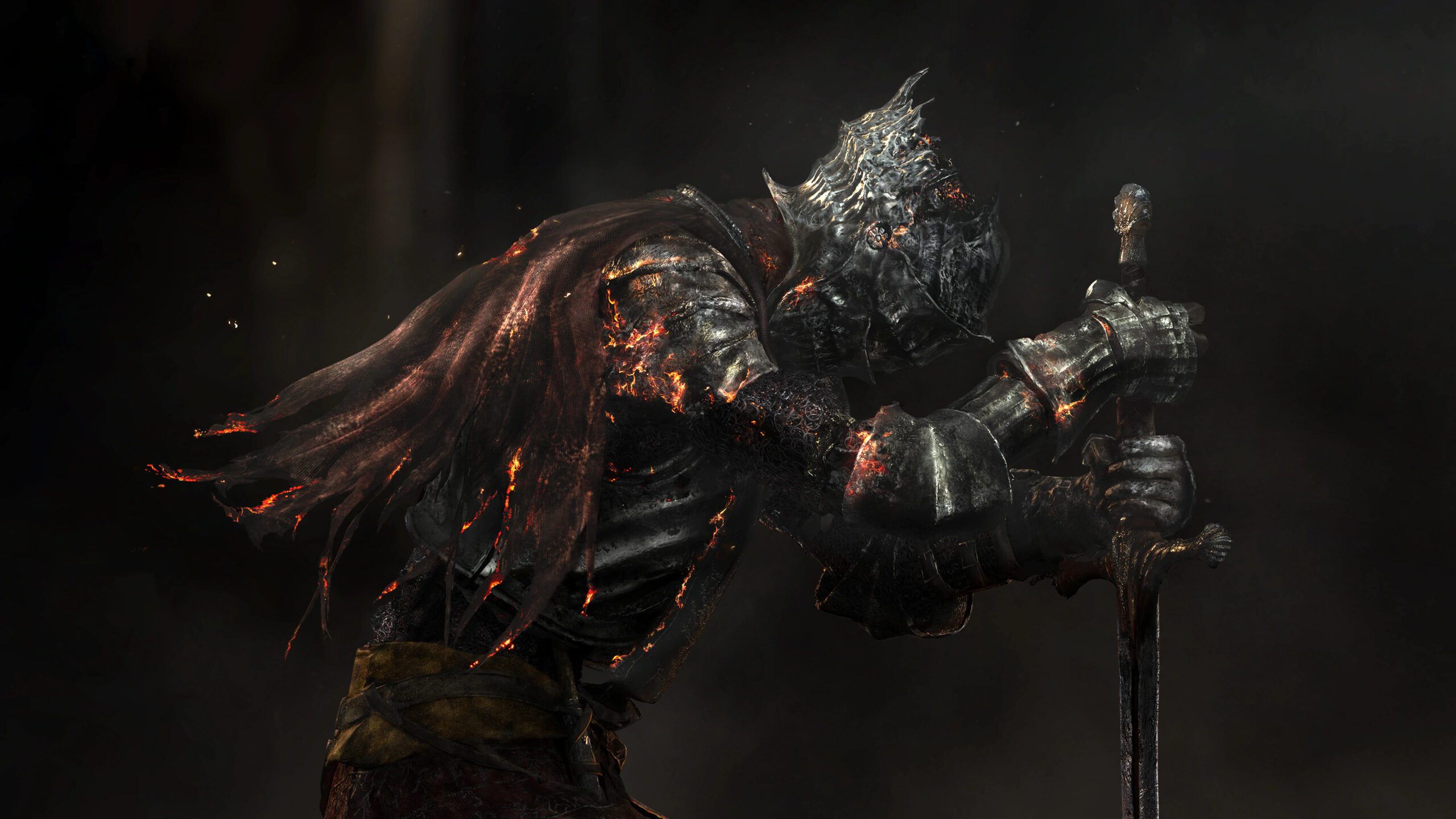The Influence and Legacy of Dark Souls – Part 2
The Games Inspired by Souls
Continuing from part 1 of our look into FromSoftware’s legacy is a showcase of the many games inspired by the rich Souls series, as well as a general timeline of Souls-like games since 2009’s Demon’s Souls. The range of titles that share some of that Souls DNA is broader than I initially thought before writing this, with some triple-A games sharing more Souls elements than meet the eye. From game-of-the-year award winners to hidden indie gems, many of the games listed are worth checking out if you’re even slightly interested in Souls. And even if you have no interest whatsoever in the FromSoftware formula, chances are you’ve played or come across something inspired by it in some small way. Note that games I haven’t played don’t have extended commentary about them, but it doesn’t denigrate their value any less!
Demon’s Souls – October 6, 2009
Demon’s Souls was more or less the birth of the sub-genre now known as “Soulslikes” and also the first title in FromSoftware’s core series. Of course, FromSoft already had the fledgling seeds of the formula laid out in their King’s Field series, which started way back at the launch of the PS1. The Demon’s Souls Remake for PS5 is also a great contemporary version of FromSoft’s first Souls game. But however you aim to play Demon’s Souls, you’re in for a great time, as well as a fascinating look into how it all started, and the original still holds up wonderfully today.
Dark Souls – September 22, 2011
While Demon’s Souls started the series, Dark Souls is where it really found its stride. The more linear hub-based progression of the previous game grew into a fully-realized open world that loops in on itself in Dark Souls, and what a miraculously rich world it is. Often heralded as one of the best games ever made, Dark Souls greatly enhanced the build variety from their previous title and allowed for a far more open-ended play style all around. But whether you’re chucking magical darts at gargoyles or going sword and board against crazy Cthulhu creatures, you’ll still be adventuring through the ever-captivating Lordran, a location with enough character to garner any Lord of the Rings fan’s admiration. The environmental progression has a striking pattern of vertical escalation similar to Dante Alighieri’s Divine Comedy.
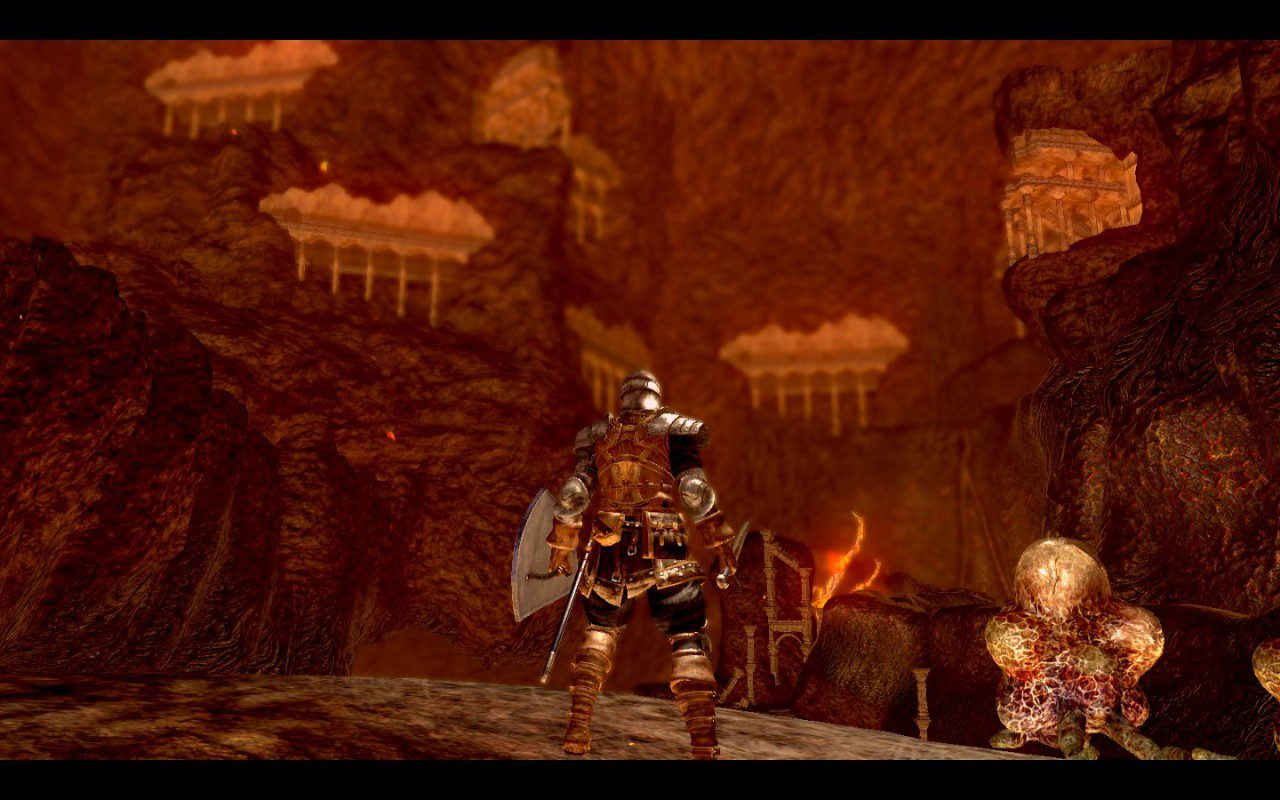


The allusions to hell, purgatory, and heaven are felt through the dark depths of Quelaag’s Domain and Demon Ruins, the treacherous prison castle of Sen’s Fortress, and the ascension upwards to the majestic Anor Londo. The art style of the Souls series, in general, has a strikingly similar vibe to Gustave Dore’s macabre Divine Comedy illustrations from the 1800s as well. It’s perhaps this artistic stylization that I adore so much in the Dark Souls trilogy and Demon’s Souls. It just oozes this rich, romanticized medieval aesthetic that stirs my imagination.

Above: Gustave Doré’s (1832-1883), illustrations for Dante’s Divine Comedy
If such clear literary themes aren’t enough for the lore geek, the insatiably rich worldbuilding told through the environments and items will be. Dark Souls is the poster child of the “Souls” sub-genre and FromSoft’s repertoire in general, and for good reason.
Dark Souls 2 – March 11, 2014
Meeting such lofty expectations set by the sleeper hit Dark Souls was never going to be an easy task, but its sequel floundered a bit on release due to numerous bugs and server issues at launch and a general downgrade in level design from the intricacy seen in Dark Souls. One of the potential reasons for the dip in quality could be the series director Hidetaka Miyazaki’s lack of direct involvement with the sequel; he’s become something of a creative head visionary for FromSoft and has been a leading mind behind every Souls title except Dark Souls 2. You’ll easily find plenty of gripes with the sequel online, but my biggest one is the enemy placement. Where Demon’s Souls and Dark Souls were consistently creative with their challenging level layouts, the sequel here just tended to add more duplicate enemies in the areas to overwhelm and pad out the game length and general difficulty. For example, Dark Souls had interesting situational “puzzles” like archer knights slinging arrows at the player that had to climb precariously narrow flying buttresses high in the sky, as well as navigating poisonous swamps with killer mosquitos coming at you from all directions. For example, one of the first major locations you visit is a giant cathedral courtyard called Heide’s Tower of Flame; it’s littered with the same two or more tower knights per “room” blocking the path forward – that’s largely the extent of the environmental challenge.

Yes, thankfully, this kind of enemy spam isn’t literally all over the place in DS2, but it is certainly more frequent than the other games and adds to the other issues players had. Nevertheless, DS2 remains a core Souls title and has a tremendous level of imagination in enemy art design, bosses, atmosphere, and adventure. Some critics even hold this title to be among FromSoftware’s best, so it’s generally worth a play to see if you’re in the crowd that adores this game.
Lords of the Fallen – October 28, 2014
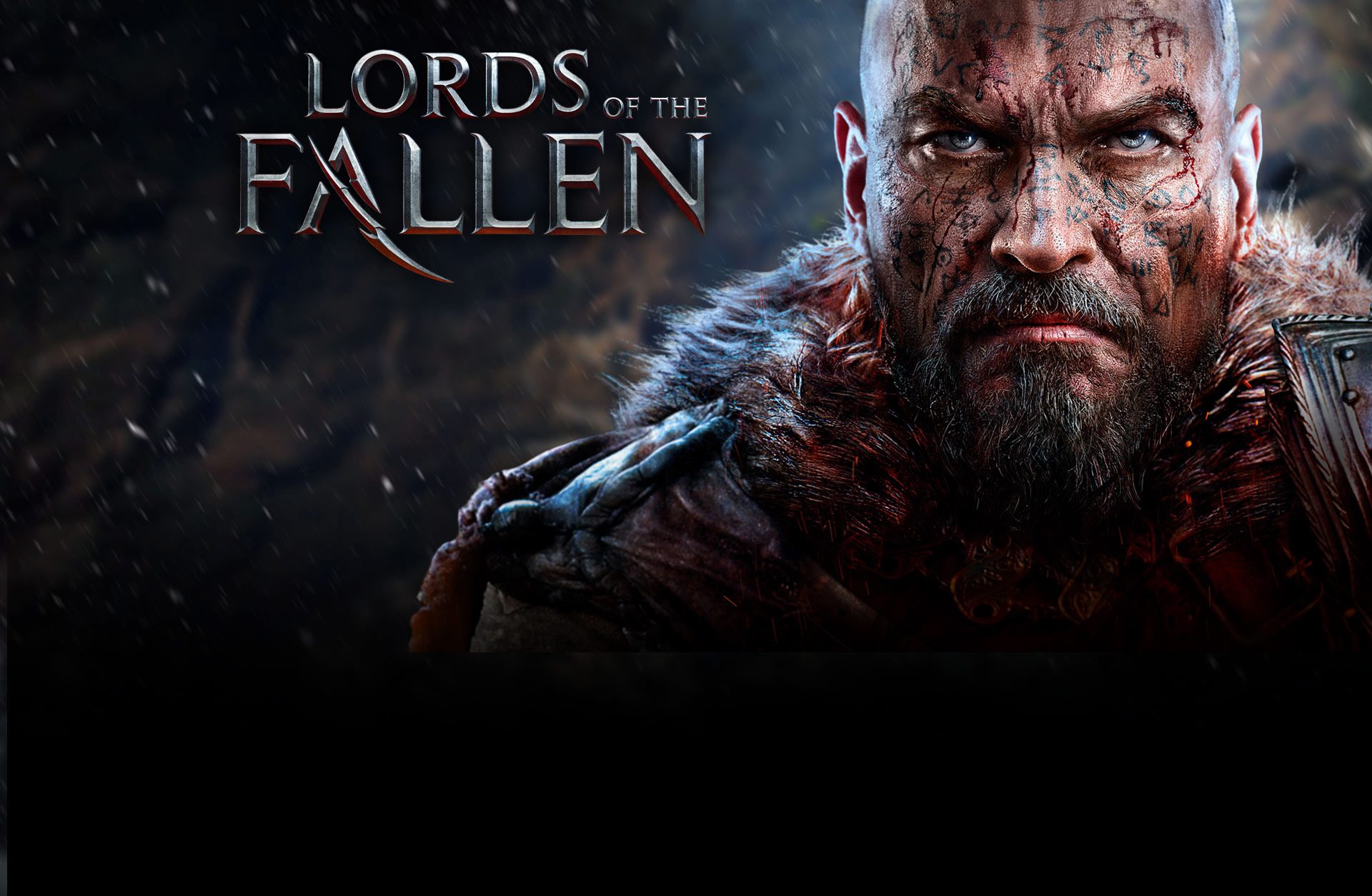
It’s been months since the highly anticipated sequel to Dark Souls was finally released. Many fans have already started their 2nd playthrough of Dark Souls 2, while plenty of others were underwhelmed by what is commonly thought of as the weakest entry in the series. But there was still a lot of enthusiasm for FromSoft’s sequel, as co-op and PVP were more active than ever despite disappointment with the overall adventure. And then the release of a new Souls-like game drops in October, but this time from a completely different developer. Branded unashamedly recognized as a “Soulslike,” Lords of the Fallen is the first major interpretation of the Souls series from a different studio. The game is pretty much a Souls clone, though the quality of its content was a bit short of FromSoftware’s offerings, Dark Souls 2 included. Though Lords of the Fallen wasn’t a direct and clear FromSoft competitor, the effort to create such a complex game with the still-fresh Souls formula is immensely commendable of the Polish indie studios City Interactive and Deck 13.
Bloodborne – March 24, 2015
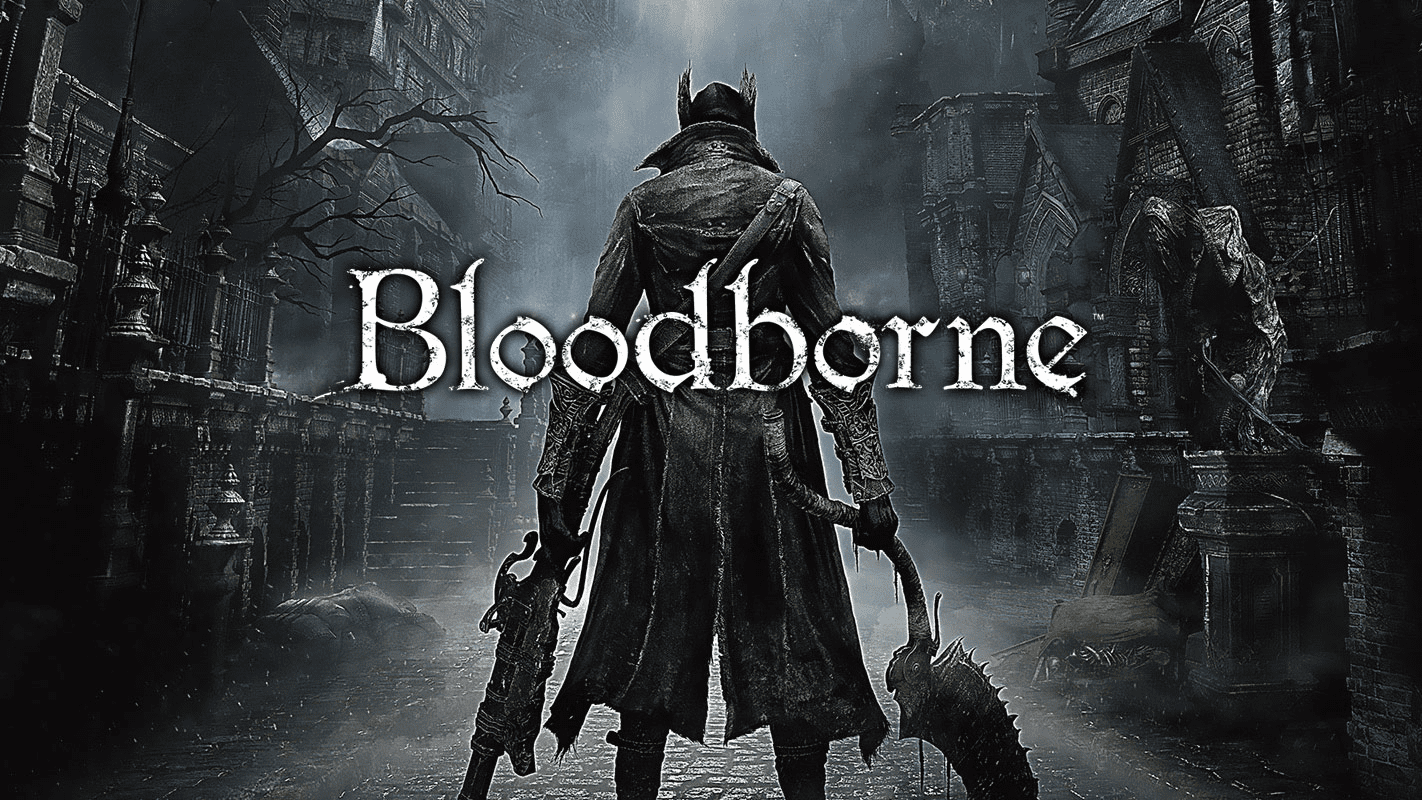
And here’s the big one – well, the other big one. Bloodborne is perhaps the most widely beloved FromSoft game to date. I’ve rarely seen a more passionate fanbase than those of this game. Bloodborne mixes gothic horror and fantasy role-playing into a beautiful and fascinating concoction, a true masterpiece in every sense of the word. Where this game differs from the other Souls games is in its linearity in build playstyle. You play as the hunter, not as the magician, pyromancer, or giant bruiser you could in the previous games. You have a predefined role to play in this hunt, and the game really does benefit from such a streamlined and focused direction. There are no shields available to hide behind, and as a result, the gameplay mechanics are funneled to make the fast-paced action of Bloodborne the best it could possibly be without compromise. The gun parrying is fast and exhilarating, and the trading-hits-for-recovery mechanic makes the no-shield gameplay winsome even to shield mains like myself. In addition, the agile movement has never been more fluid and responsive. Keeping true to FromSoft’s strengths, the lore and worldbuilding are second to none, drawing inspiration from Bram Stoker and Lovecraft with a sincerely awesome twist on the genre.
Titan Souls – April 14, 2015

Titan Souls features fun top-down Zelda-like gameplay with clear inspiration from Shadow of the Colossus and Dark Souls. Bosses are the meat and potatoes of this game; no, really, that’s the full extent of the entire game – it’s all bosses. The bosses are so good and insanely difficult that they more than make up for a lack of levels. And the sprite work and monster designs are top-notch too.
Momodora: Reverie Under the Moonlight – March 4, 2016
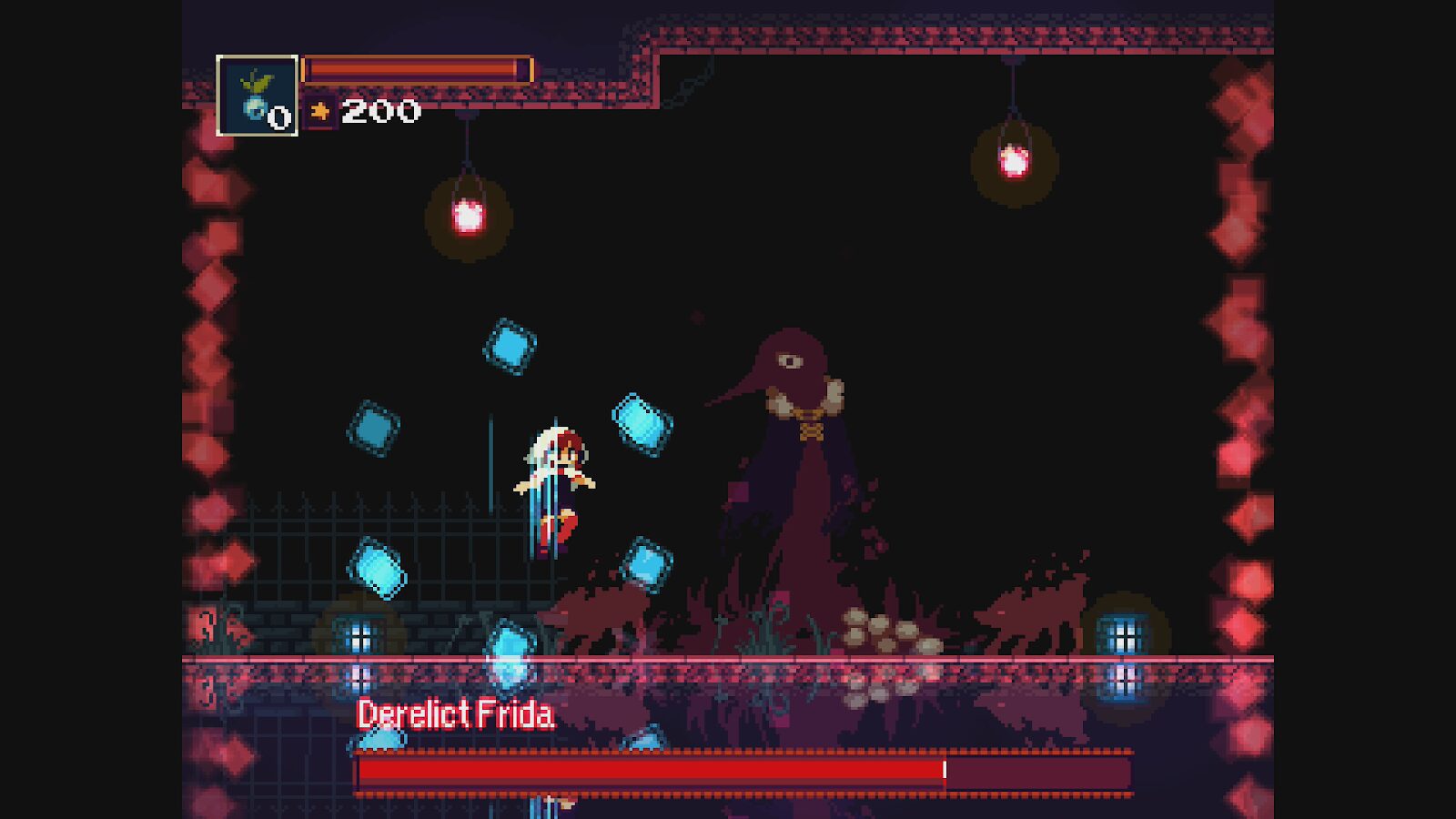
Lovingly rendered 2D sprite work, Metroidvania design, and Bloodborne aesthetic? Check. Man, I really, really need to get around to playing this game someday.
Salt and Sanctuary – March 15, 2016

This is perhaps the most directly inspired by Souls of the bunch, except in side-scrolling 2D. The best part of this game is its unique and smoothly implemented co-op functionality. It’s completely and seamlessly co-op all through, which is something no Souls game has been able to include yet. The platforming is great, and the lore through item descriptions and UI layout really lets you know what it’s inspired by. Great co-op Souls-like with a sequel coming out soon this year.
Dark Souls 3 – April 12, 2016
And just a year after FromSoft’s brilliant Bloodborne comes the sequel to Dark Souls 2. Dark Souls 3 combines some of the aesthetic and speed of Bloodborne and the lore and concepts of Dark Souls and does a fantastic job wrapping up the entire Dark Souls trilogy. Yes, this is the final game in the Dark Souls series, and if you got the trilogy, you likely know that from the name “Fire Fades” in the edition. Dark Souls 3 has my favorite bosses of ANY Souls-like game, bar none. And it’s also got my favorite Dark Souls DLC with the winter wonderland of Ashes of Ariandel.

The level design in Dark Souls 3 still hasn’t gone back to the more open-ended nature of the original Dark Souls since this is largely hub-based with links to the various zones. But on the plus side, every location is inter-connected to make a cohesive world, unlike the more fragmented layout of Dark Souls 2. The fire has faded in Dark Souls 3, but FromSoft is just getting started.
Let it Die – December 3, 2016
Nioh – February 7, 2017
Nioh evolves the Souls formula with sword stances and Diablo-esque loot economy. Seriously, the sword fighting is finely tuned in this one, and there are some amazing one-on-one duels to be had here. If you’ve wanted a modern Ninja Gaiden game or a kickass samurai game in general, Nioh is a great choice.
Hollow Knight – February 7, 2017
We knew it would happen; we just didn’t know it would be this darn good. The Souls formula is adapted here in an honest-to-God 2D Side-scrolling Metroidvania, and it’s excellent. It’s also quite lengthy for a side-scrolling Metroidvania and an indie game with an average playtime of 40 hours on Howlongtobeat. While this 2D game isn’t co-op like Salt and Sanctuary, its map and content are massive enough that you won’t care too much. The gameplay is super precise; this is a true precision platformer in the vein of Super Meat Boy and Mega Man. The platforming and boss fights are nicely laid out, creative, fun, and the Metroid style areas have interconnectivity that works really well. If you’re a platforming fan, Metroid fan, or Souls fan, this is not to be missed. Oh, and the insect characters are adorable, and I won’t be convinced otherwise.
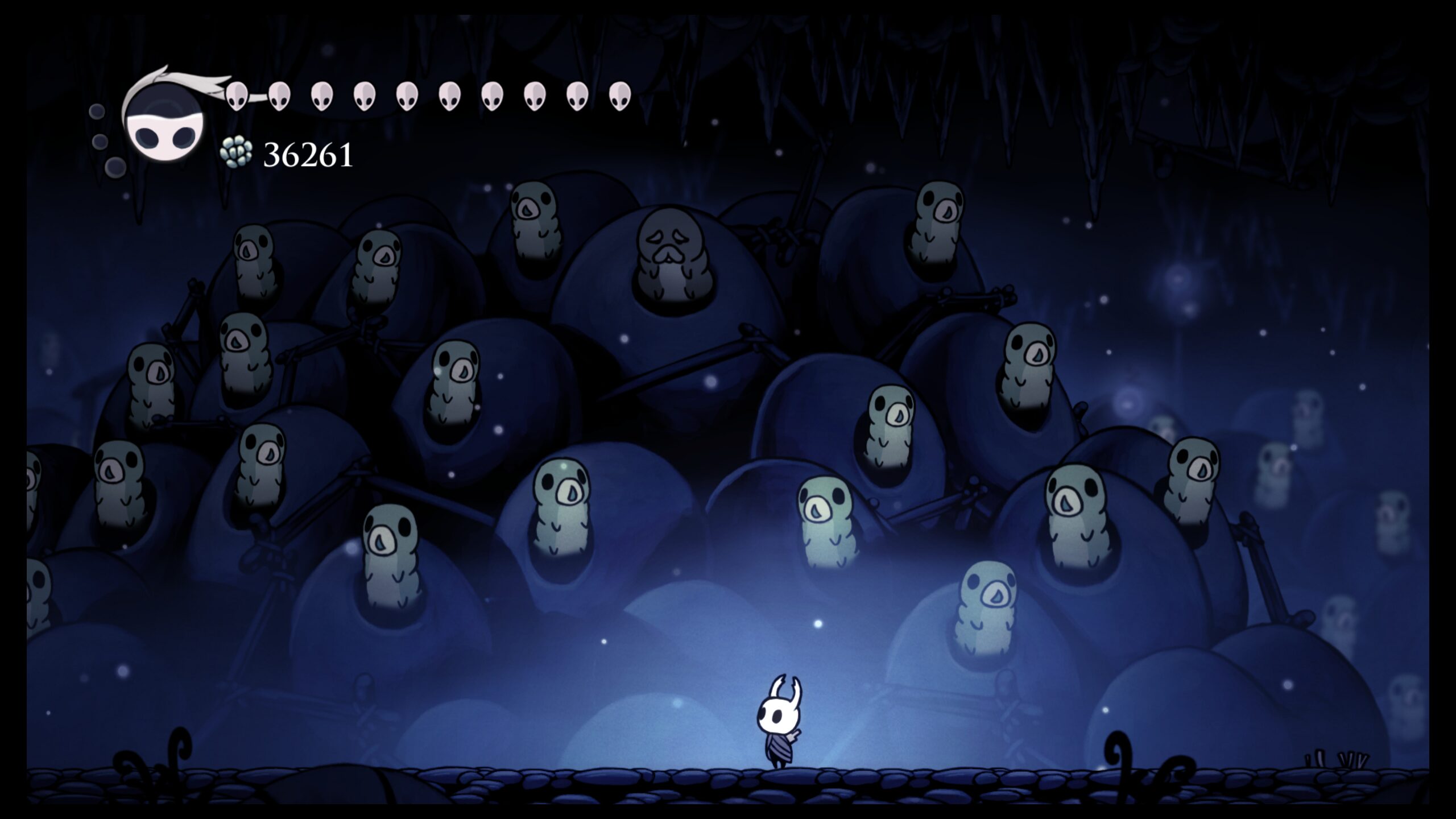
I need to get a Grub plush.
Dead Cells – May 10, 2017
Absolver – August 29, 2017
Cuphead – September 29, 2017

The game with the best boss fights in any 2D sidescroller, the best jazz music in any game, and a gorgeous 30s cartoon aesthetic. And that music! Jeez, the bar for video game jazz music has just been raised to an absurd level with Cuphead, so good.
Wait, what’s that? How is Cuphead at all inspired by Souls? Well, it’s not, necessarily. It’s just a straightforward platformer focusing on brutally difficult boss fights, but those boss fights do share some of that Souls magic. They have multiple phases, hit like a truck, and offer pretty much no easy way out other than grit and determination. Looking forward to the long-awaited Cuphead DLC this year!
God of War 4 – April 20, 2018
Officially titled God of War, this is the series reboot from Sony Santa Monica. The arcadey action of the original God of War trilogy has been slowed down a bit here as we get a closer behind-the-shoulder camera of Kratos’ carnage.

It’s still an action game, but the combat has invincibility frame rolling, parrying, and sword swinging inspired from the Souls series. The inspirations behind 2018’s game of the year are many, including Legend of Zelda style puzzles, Last of Us character dynamics, and, well, Norse mythology woven through the lens of Greece’s god of war. The director of the game is also a big fan of FromSoft’s Miyazaki.
https://twitter.com/corybarlog/status/1069872103132823557
This game is amazing on pretty much every axis and shouldn’t be missed, whether or not you care about Souls!
Ashen – December 7, 2018
Sekiro: Shadows Die Twice – March 22, 2019
Sekiro is the latest epic delivered by FromSoftware as of the time of this writing. Remember how Nioh was basically “Samurai Souls”? Well, here’s a literal samurai Souls game, and it’s amazingly brilliant. Sekiro is the most linear and streamlined FromSoft game to date, with a highly concentrated sword combat system lovingly crafted as the sole means of getting through the game. The combat is polished to a shine, better than any previous attempt from the studio. The atmosphere of feudal fantasy Japan is also highly original in FromSoft’s oeuvre, giving us a bit of a breather from the dark and damp medieval setting of previous games and into the beautiful meadows and rice fields of the east.
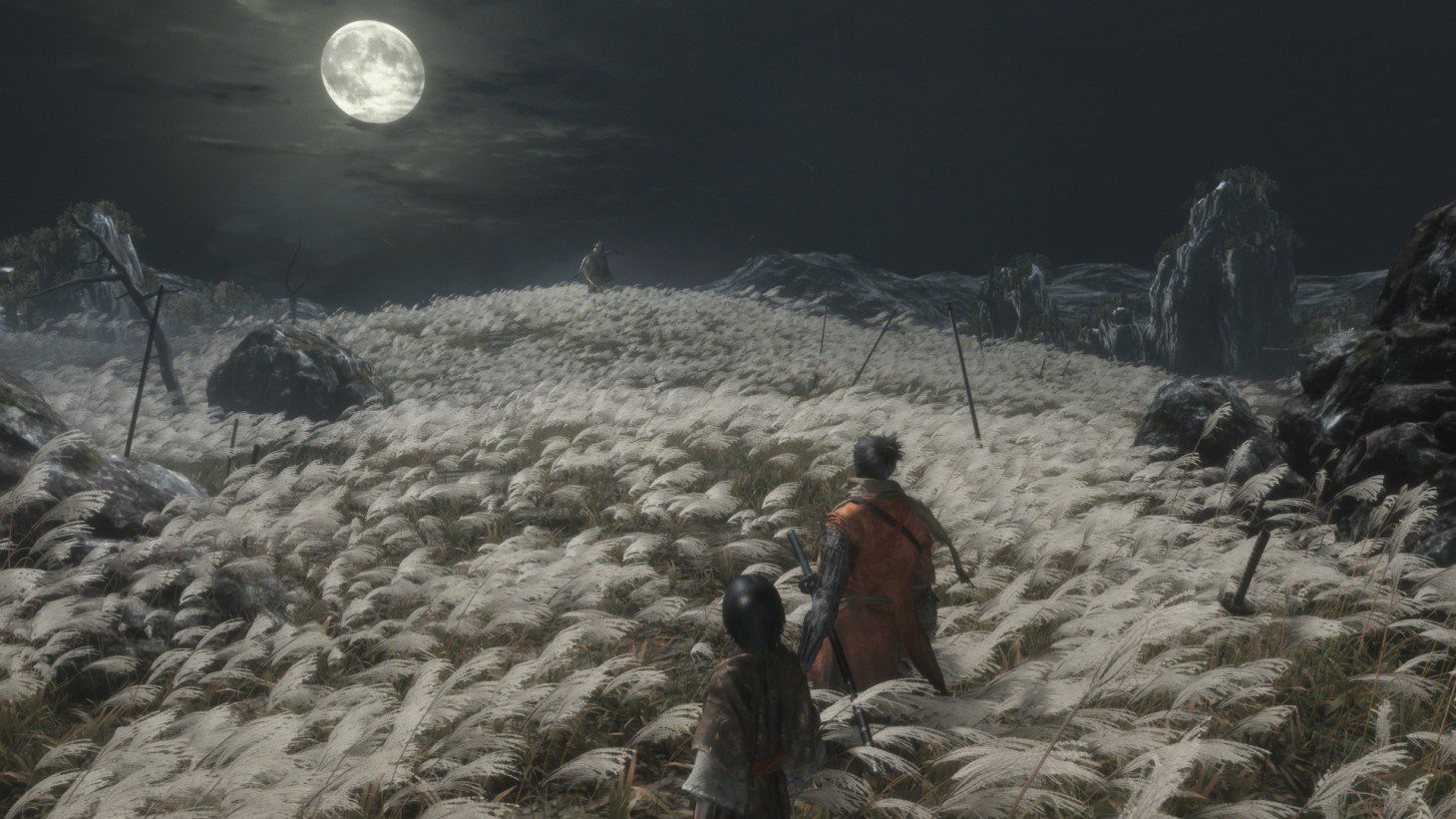
If you like insanely detailed Japanese pampas fields and well-realized stealth mechanics, 2019’s game of the year hits the ball out of the park. The grappling hook alone is worth playing this game.
Code Vein – May 19, 2019

Code Vein was hyped for being the “Anime Souls” we’ve always wanted, but after numerous delays, the hype died down a bit for launch. The game got modest reviews, but after playing it myself, I can’t help but wonder why it didn’t get more love. I said it in my in-depth review of the game, but I’ll say it again because it bears repeating: Code Vein has the most involved characterization and party dynamics of any Souls-like. Yeah, the characters aren’t mind-blowingly unique or developed, but there is a lot of party banter and camaraderie, kind of like how there would be in a typical JRPG. And that’s what this is: a JRPG Souls-like. But story and character aside, the core combat and level design are great too. Code Vein has my favorite swamp level in any Souls-like to date, with a fun torch-lighting dungeon and some of the most impressive scenes in the game. The photo mode is also way better than it has any right to be, and you can pause the game with it.
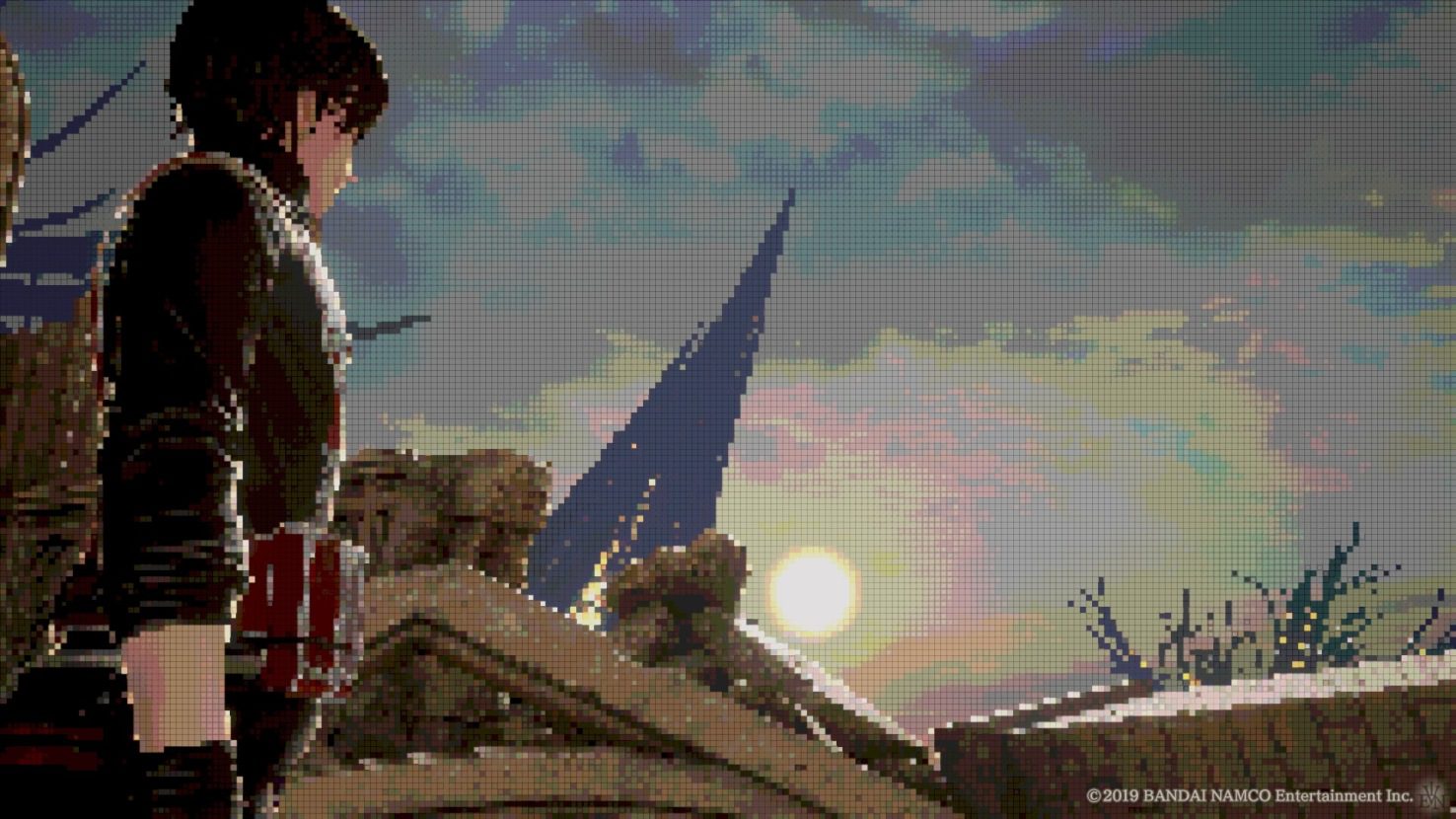
Just look at this pixelated filter you can use to take photos; looks fantastic, even with my annoying created character in the shot. Check out my review of Code Vein on my blog here.
Remnant: From the Ashes – August 16, 2019
The Surge 2 – September 23, 2019
Death Stranding – November 8, 2019
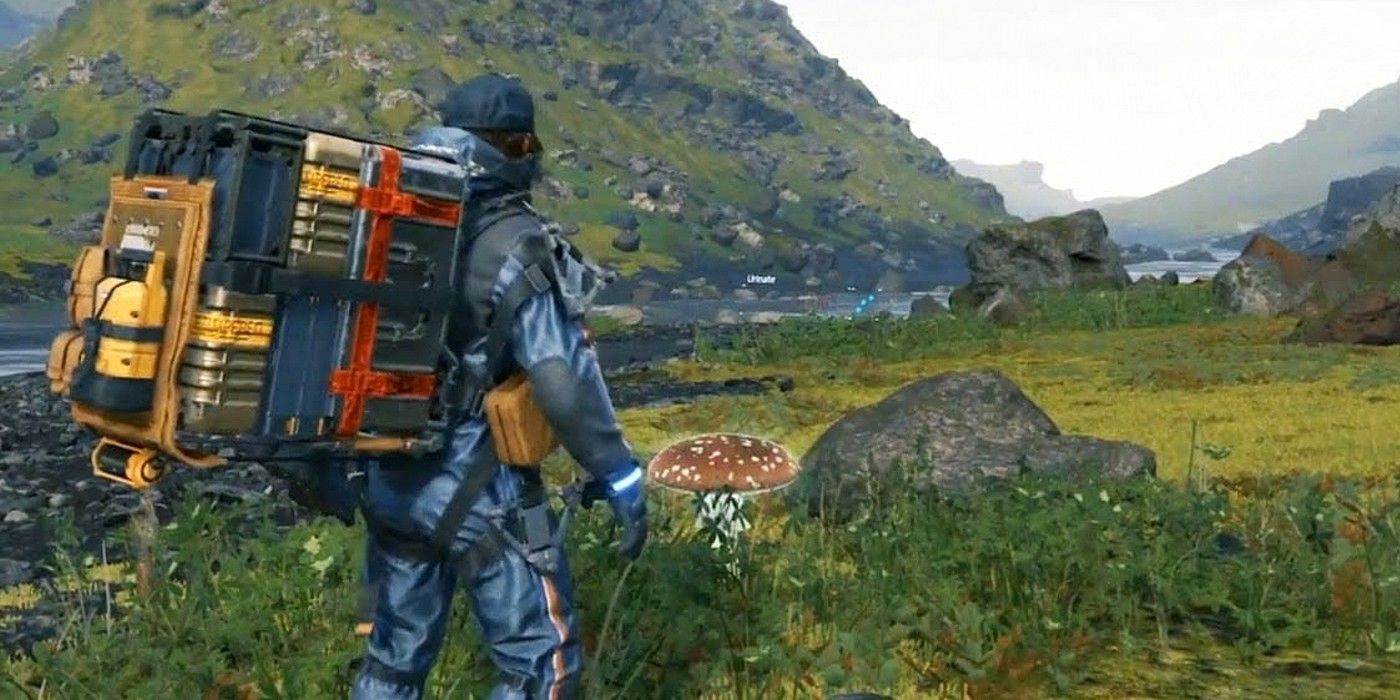
Okay, this is a bit of a cheat, but let’s be honest – Kojima probably looked at the help messages and jolly cooperation from Dark Souls and got inspired… or he saw a Del Toro film and just randomly thought of implementing online player help building elements of the world like bridges; I don’t know.
Star Wars Jedi: Fallen Order – November 10, 2019
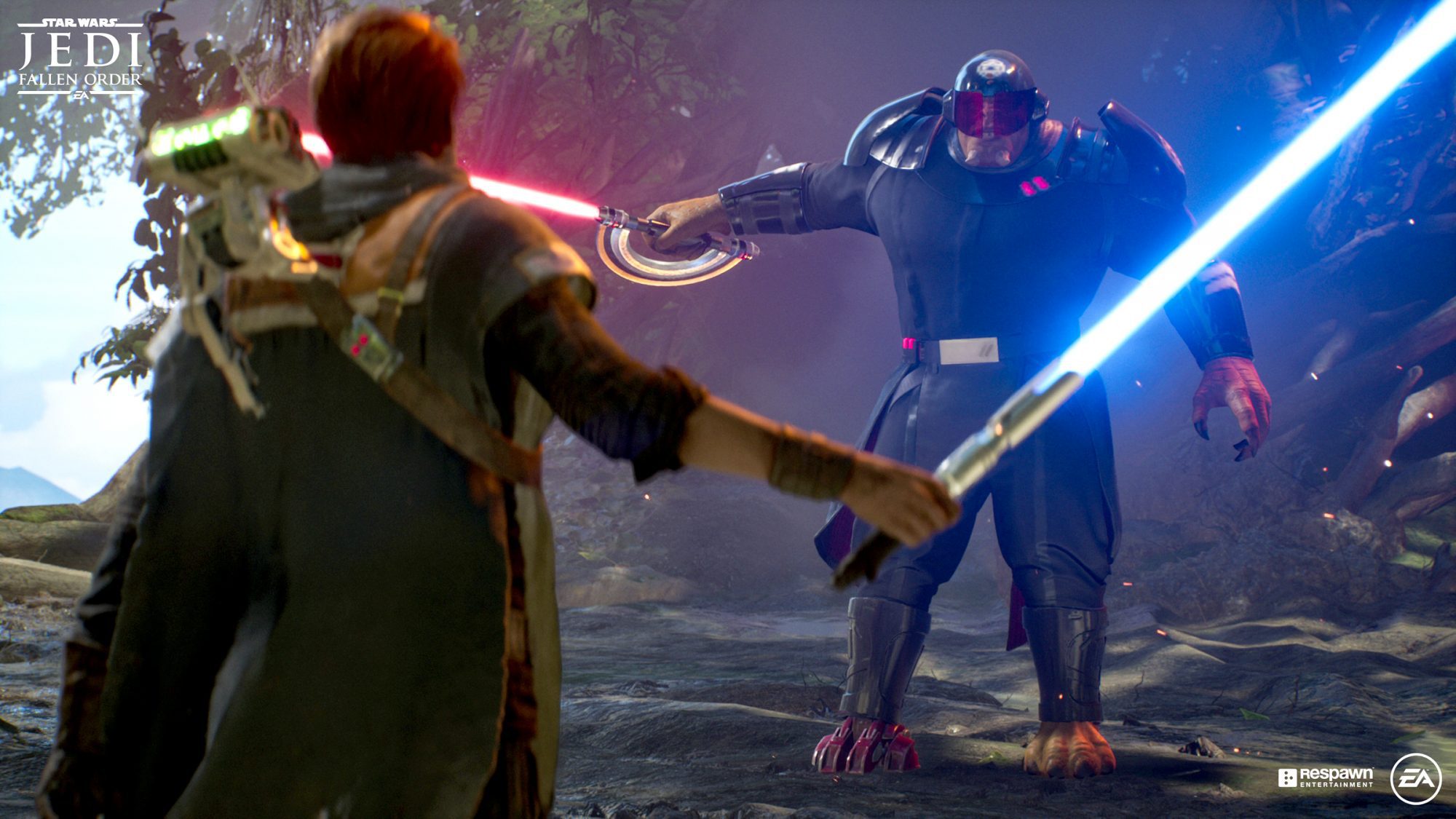
This one’s not a cheat inclusion: Fallen Order is, in fact, Star Wars Souls. This is what I’ve always wanted; dying over and over again to brutal lightsaber duels and falling in pits and booby-trapped ruins across the galaxy far, far away. The “bonfire” mechanic and generally difficult combat of Souls is implemented in a very fun way in Star Wars Jedi: Fallen Order. Like Code Vein, the character interactions are wonderful throughout. The story is quite good for modern Star Wars, and this is EA branching out and finally trying something new with the Star Wars IP in what seems like forever, so it’s the start of a new era in Star Wars gaming. It’s a great Star Wars game, a great Souls-like, and an all-around great game in general. Amazing must-play experience, especially if you’re into Star Wars and Souls like myself. To read my extended thoughts, check out my review here.
Blasphemous – December 10, 2019
Mortal Shell – August 18, 2020
Kena: Bridge of Spirits – September 21, 2021

From the team behind the best Majora’s Mask animation ever realized comes a new action-adventure game. Kena feels like a classic Gamecube adventure game in the vein of Star Fox Adventure, but with a few modern twists. For example, the exploration, collectibles, puzzles, and atmosphere constantly made me want to play Zelda: Breath of the Wild, while the charming bugginess of the invisible walls and platforms brought me back to those early Gamecube games. Kena is a game that progressively gets better and better the further in you get because the real highlight of the game is the combat, which rises to its full glory at the end. Every single boss battle from the second mask onward is amazing – Dark Souls amazing, actually. The parrying timing, fluidity, and interesting boss phases all scratched that Souls itch, and then the final battle happened, and… dang, that was phenomenal. Kena starts slow and really hits its stride in the middle, keeping the ignition pressed till the end, but the nostalgia and charm stay consistent throughout the entire adventure.
Cogen: Sword of Rewind – January 27, 2022

Here’s a recent one I finished just last month, and it’s relatively unknown. Cogen is very much a Mega Man “clone” of a game whose difficulty is turned up a notch due to the one-hit death system. This might steer many players clear, but the difficulty always feels fair, not only because there aren’t any gotcha traps like the tunnel memorization of Quick Man’s stage in Mega Man 2 or instant spike traps you can’t see coming, but because you can rewind up to three times depending on how full your ouroboros meter is. The finite rewinds function like lives, pretty much negating the notion that you, in fact, do get one-shot; you actually get three “lives” depending on timing, the number of rewinds in the meter, and where you trigger it. Rewind is far superior to just having lives, though, since it gives you agency over when and where you activate that life. The challenge is hearty in this game, but, unfortunately or otherwise, the game length isn’t. There’s a total of five stages, with five uber versions of those stages that continue the second half of the story, Nier Automata style. The story and characters are written pretty well, though it’s got some nonsensical anime in it that I couldn’t fully wrap my head around; I still like it for its charm and style. Oh, yeah, and it does honor the Souls legacy in the same way I think Cuphead does, whether it realizes it or not. Sure, it’s challenging like Souls; every hit you take is a hairsbreadth away from restarting at the checkpoint. That’s not necessarily entirely new to Souls, but the way it makes the player feel is unique, that distinct feeling of accomplishment from overcoming a legitimate challenge that was fair and hard-won and, in the end, really fun. Many games were brutally difficult in the NES era, but they were rarely fair. Demon’s Souls isn’t always fair either, but the number of options like over-leveling and build variety mean you can inch closer to a fair fight. Cogen doesn’t have build variety and the like, but it’s designed in a fair manner. It’s the difference between well-designed difficulty versus something that just kicks your teeth in without much in the way of defense; that isn’t fun. Maybe I’m wrong; maybe I just want to plug Cuphead and Cogen. Eh, you decide. :P
Bloodborne Demake PSX – January 31, 2022
Yes, a PS1-style version of Bloodborne all the way up to Father Gascoigne exists now, and for free, no less.
Elden Ring – February 25, 2022
Hype! Elden Ring signals FromSoftware’s first truly open-world game. This one promises to be open in a way that claims to eclipse Dark Souls, with Breath of the Wild open boss order and path choice. George R. R. Martin has a collaborating hand in the setting and lore of the game, but what has me really excited is the physical steed whistle coming with my pre-order.

Final Fantasy Stranger of Paradise – 2022
Self-described as “Final Fantasy Souls,” this is going to feature all the fat rolling, invincibility frames, parrying, and bonfire checkpoint system we know and love from Souls. Square Enix isn’t shy about its homage to the Souls formula either. I suspect the story and character dynamics will be somewhat similar to Code Vein, albeit with more KILLING CHAOS!!! present.
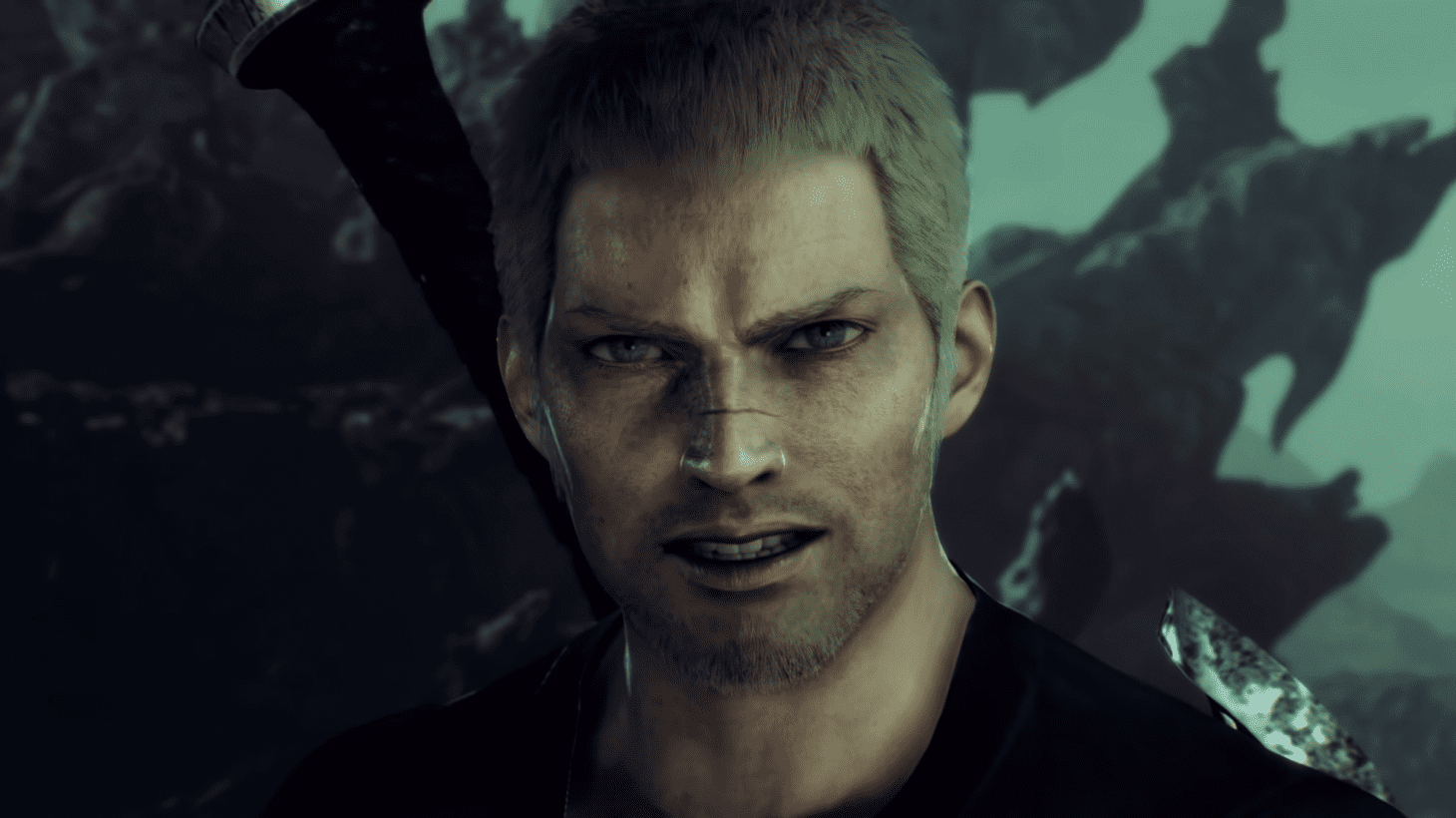
Anyway, perhaps that’s less of a true retrospective and more of a list of Souls-likes through the years. I think it’s good to reflect on the effects the Souls formula has had on the game industry by way of the games that have come out since it began, and it was a fun list to think about and compile. The legacy of FromSoftware’s Souls series has lived on through these games, no less than three of which have been game of the year award winners from major publications (Bloodborne, God of War 4, Sekiro). As the years progress, we’ll probably be seeing more and more bonfire checkpoints, lore told through items, atmospheric richness, show-don’t-tell, etc., in games. Even a mainstream franchise like Star Wars took a bit of FromSoftware’s recipe and mixed it in Fallen Order. With Elden Ring releasing Friday, February 25th, I won’t count it out if FromSoft introduces new iterations of their formula to inspire yet more developers going forward. What games are you excited about? Let me know in the comments! Thanks for reading.

